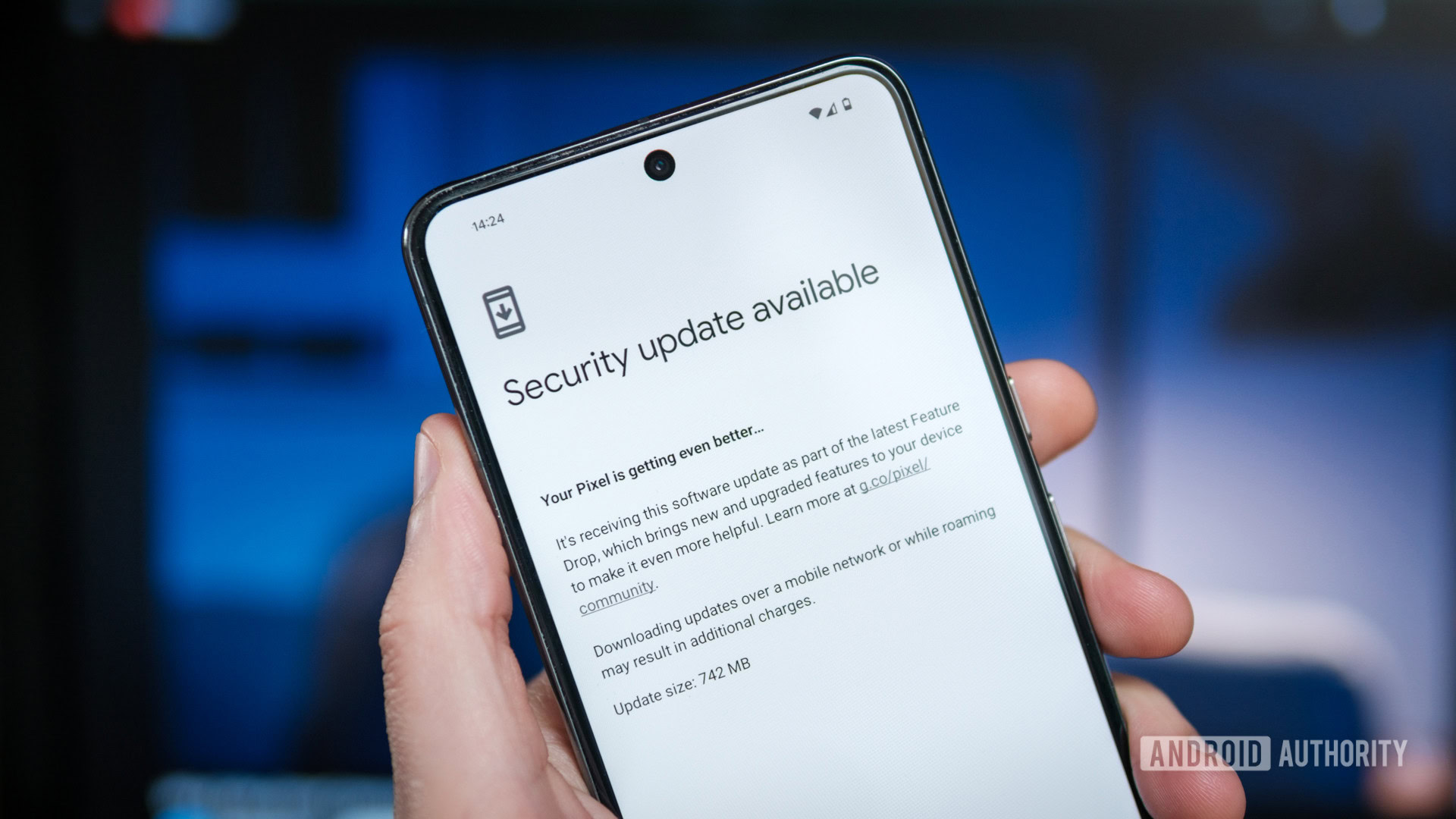Affiliate links on Android Authority may earn us a commission. Learn more.
How to update your Android phone
It’s important to keep your Android phone updated with the latest Android software for several reasons. You might be most excited about the new features, but regular updates also fix bugs and compatibility issues to optimize performance. Perhaps most importantly, updates protect against security vulnerabilities, especially those that may have only recently come to light.
You should be prompted to download and install updates automatically, but you can check your Android version and sometimes update manually ahead of schedule. Let’s run through how to update your Android phone.
THE SHORT ANSWER
To update your Android phone, go to your settings and, depending on your device, find your device or system settings. Press check for updates and then hit download and install if a new update is available, restarting at the end of the process if necessary.
How to update your Android phone

It’s very quick to check your Android version and install updates on your phone. While the settings menus differ significantly between phone manufacturers and models, the steps to update are essentially the same. We’ll show you the process on a OnePlus 8 and indicate where the steps might differ for your phone.
1. First, check that you’re connected to a Wi-Fi network. Updates can be very large, and you don’t want to burn up all your data. Also, make sure you have plenty of battery available (30% or more) or that your phone is charging.
2. Go to your phone Settings, either through the settings application or via the pull-down draw, as in the example below.
3. Tap on either System settings or About device. This is the part where device menus vary, and it’s possible that your smartphone even has a different submenu name to those options. But it’s likely to be something similar to one of those two.
4. You should now see a System updates option. This may be via one further submenu to navigate on some devices. It’s on the About device submenu in the example above, which shows that Android version 13 is installed and other phone details.
5. Tap Check updates or the equivalent button. You will either see that your system is up to date or be shown that there is an update available.
6. If there is an update, you’ll have the option to download and install it. There should be an indication of the size of the update, which gives you an idea of whether your device has the required memory and how long the download might take.
7. Once the download and installation are concluded, you might be prompted to restart your device to complete the update. Bear in mind that this may take longer than a normal restart as the update process can take a few minutes to complete, and you won’t be able to use your phone during that period. You might prefer to schedule the restart for a more convenient time.
This should complete the process. If you return to the system updates section in your settings, you should get confirmation that your system is now up to date.